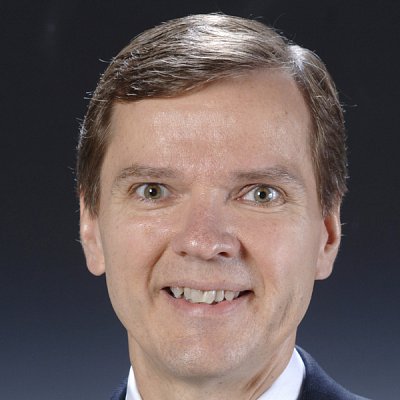
VIEW from the TOP
CASES from the FIELD
GRAD and PROFESSIONAL Schools
Tom Green, Ph.D.

Welcome to the seventh volume of SEM Quarterly. As SEMQ enters this new volume, we celebrate the achievements of our profession to expand its leadership and scholarship beyond its roots. When SEM started, it was almost solely practiced at private colleges and universities in the United States. Most of its practitioners were men. This issue is in part a testament to the distance we have traveled since then, with many more miles to travel before we sleep.
In our continuing series of leadership articles by women in SEM, the timing of this note could not be more serendipitous. Last night, Janet Ward and I had dinner after a long day spent with the SEM team and a new senior enrollment officer at a major research flagship university. I was deeply impressed by the sage advice Janet offered the team and its new leader. We further discussed the advice we each might offer this new leader as she takes the reins of a complex institution. Many of those thoughts are captured in her article in this issue. She is truly someone who “walks the talk” in our profession and someone from whom all of us can learn new leadership lessons; I know I have.
This issue also features a research article from the team at Waubonsee College in Illinois. Authors Faith LaShure, Stacey Randall, and Henry Hickle provide a solid literature review to preface their case study on retention at the college. The practice of SEM in the community college is one of the most rapidly-growing areas of our field, and this is a strong example of the level at which it is being practiced today. Community College SEM is both similar and different from other sector’s practices, and retention of students whose aims upon entrance may be quite varied is one of the quixotic areas of the field. The authors provide a strong basis for the use of data to identify the areas where they can influence and improve these rates.
Continuing with the student success and retention area of SEM, this issue offers a strong case study from Michelle D. Bombaugh and Thomas E. Miller on the transformation of success rates at the University of South Florida. The university deployed a dizzying array of services and partnered with corporate data analysis providers to help them target interventions. They developed a spectrum of services and programs to assist students. The progress made by the University toward closing achievement gaps, often seen as intractable, is impressive. They speak loudly to reinforce that with the right analysis and resources, students from a wide variety of backgrounds can be successful in higher education.
Another sector of SEM that has risen quickly in the last decade has been graduate SEM, sometimes referred to as “GEM.” The article offered by the Wayne State University team delves into the use of portfolios to expand the use of holistic admissions practices into doctoral programs. The authors not only provide a helpful overview of the landscape for doctoral admissions programs but also specific instances of five programs with whom they worked to establish the protocols for the review. The authors include some guidance in the form of questions to ask when considering the implementation of portfolio review, as well as sample rubrics for evaluating applications and personal statements.
Our final article of this issue explores another emerging area of SEM—for-profit institutions and adult learners. Kris MacDonald writes about her qualitative study of adult learners (or mature or post-traditional learners) conducted with a group that attended a for-profit institution. The study is tightly constructed and provides a good example of the ways in which qualitative research can illuminate the student experience.
Did you notice that every article in this issue includes at least one female author? Let’s hear it for our colleagues and work to ensure that the topics and authors continue to grow and reflect the broad landscape of SEM worldwide.

